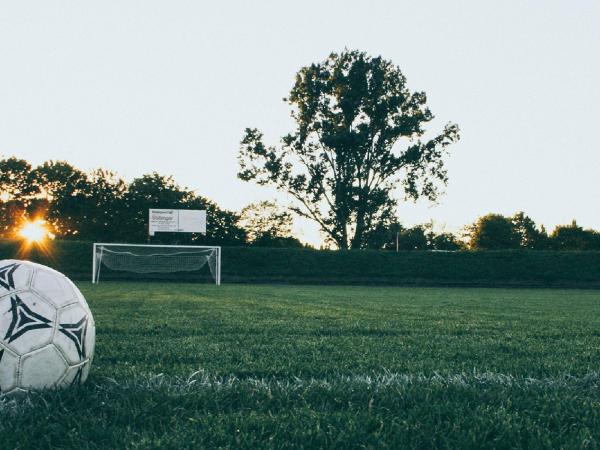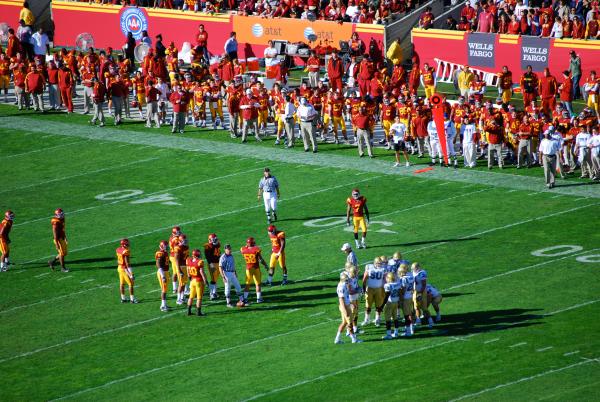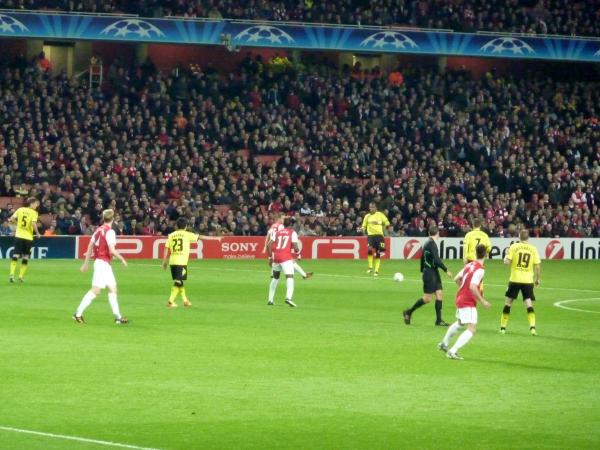
What is football?
Football is a family of team sports that involve, to varying degrees, kicking a ball to score a goal. Unqualified, the word football normally means the form of football that is the most popular where the word is used.

When Invented
Walter Camp The man most responsible for the transition from this rugby-like game to the sport of football we know today was Walter Camp, known as the “Father of American Football.” As a Yale undergraduate and medical student from 1876 to 1881, he played halfback and served as team captain, equivalent to head coach at the time.
Britain Started
The early years. Modern football originated in Britain in the 19th century. Since before medieval times, “folk football” games had been played in towns and villages according to local customs and with a minimum of rules.

Rules of Football
1. FIELD OF PLAY
The playing field is the surface where the game will be played. The football pitch must be 90-120 metres long (touchline) and 45-90 metres wide in a regular 11-a-side match (goal line).
White lines mark the playing surface and a line running parallel to the goal line breaks the pitch into two equal halves. On this side, the middle is located and a 9.15 m circle is outlined around it.

2. THE BALL
A standard soccer ball should be spherical with a circumference in range of 68–70 cm and weigh in between 410 g and 450 g. The ball should be inflated to a pressure range of 0.6–1.1 atmosphere.

3. THE NUMBER OF PLAYERS
According to the official rules, a football match is played between two teams each consisting of a maximum of 11 players, out of which 10 are outfield players and 1 is a goalkeeper.
A match will not start or resume if a team has less than 7 players (including the goalkeeper).
The amount of substitution depends on the competition, however, in most competitions 3 substitutions are allowed per match.

4. THE PLAYER’S EQUIPMENT
The rules state that a jersey or shirt with sleeves, trousers, socks, shin guard, and stocks should be present in the player’s equipment. To cover the entire shin guard, the socks must be long enough. To be easily distinguishable from their rivals, the teams competing should have different jersey colors.
5. THE REFEREE
There are officials who control the game and apply the Rules of the Game in any football match.
They are accountable for upholding the game’s decorum and penalizing a player for violating the rules. At any point when he thinks a foul has been committed or the ball has gone out of play, the referee has the power to stop the game.
For a reckless tackle or dissent, the official may also book players accordingly.
6. ASSISTANT REFEREES
In accordance with the rules, the assistant referees enable the referee to perform the match in a fair manner.
On either side of the field, each assistant referee is positioned and has the power to signal off sides and interfere when an offence is taken close to the sidelines.
They will assist the referees in making a penalty, handball, etc. decision.
7. DURATION OF THE MATCH
A typical football match is divided into two halves, each of 45 minutes with a 15 minutes break in between.
At the end of each half, the referee may add on extra minutes appropriately that is proportional to the length of delays, call stoppage time (injury time).
In case of a tie after 90 minutes, if a winner has to be decided, then the two teams play another two halves of 15 minutes each.
If the match still remains tied after the extra 30 minutes, then the decision is made via a penalty shoot-out.

8. THE START AND RESTART OF PLAY
Before the kick-off, the winner of the toss determines if his team will kick off in the first half or second half. A coin toss is in place.
Furthermore, the kick-off also happens to start the match: I when a goal is scored, (ii) to start the second half, (iii) to start each half of extra time.
Each player of the opposing team must be at least 9.15 during the kick-off.
9. BALL IN AND OUT OF PLAY
The ball is considered out of play when the whole of the ball has crossed the goal line or touchline or when the referee has blown the whistle to pause the game.
Apart from these two situations, the ball is considered to be always in play.
10. METHODS OF SCORING
A goal is scored when the entire ball crosses the goal line completely (between the goalposts and under the crossbar) from the play, direct free-kick or penalty-kick provided that no violation of the Game Laws has occurred prior to scoring.
11. OFFSIDE RULE
Considered to be one of the trickiest rules in football, the basic concept of this rule is that if a player is nearer to his opponent’s goal line than the second-last opponent and the ball, then the player is considered to be in an offside position.
A player is penalized for being in an offside position when the referee believes that he/she is gaining an advantage over the opposition when the player’s team impacts the play.
There is no offside when the player receives the ball directly from a goal-kick, throw-in, corner-kick.
12. FOULS AND MISCONDUCT
Misconduct is where a player moves, catches, or kicks his/her opponents intentionally.
If a player is attempting to get the ball from the opponent while the ball is in play, fouls occur when the action is often unintended.
Depending on the severity of the player’s foul or conduct, a referee may penalise a player and issue a yellow card or red card.
The first yellow card earned allows the player to continue the game, while the second yellow card that the player receives is similar to a red card. He or she will have to leave the field when a player is given a red card.
13. FREE KICKS
Free kicks are categorized as Direct or Indirect.
An indirect free-kick is the one where the ball must go to another player before it is being taken towards the goal to score.
Direct free-kick is the one where the kicker can choose to score without passing it to another player.
14. PENALTY KICK
A penalty is awarded to a team when an opposition player commits a major foul or deliberately handles the ball (except for the goalkeeper) on his own penalty area.
The ball is placed on the penalty spot and only the goalkeeper and the penalty taker is allowed to be inside the box when a penalty kick is taken.
15. THROW IN
If the last touch of the ball is by an opposing player before the ball has left the touchline, a throw-in is awarded to a side.
The player must have both feet on the deck, both hands on the pitch, and deliver the ball from behind and above his/her head to throw the ball correctly.
16. GOAL KICK
A goal kick is awarded to a team when the opposition team puts the ball completely over the goal line and a goal has not been scored (i.e the ball didn’t cross the goal-line in between the two posts and under the crossbar).
The ball is then kicked from any position within the goal by a player of the defending team.
The ball must pass the penalty area and the kicker cannot touch it before it has been touched by another player.
The opposition player must remain outside the penalty area until the ball is in play and a goal may be scored from a goal-kick given it’s against opposing team.
17. CORNER KICK
When the defending team places the ball absolutely over the goal line. without having to move in between the goalposts and under the crossbar. a corner kick is awarded to an attacking team.
The ball is put next to the corner flag and once the ball is in play, all the players from the opposing team must stay 9.15 metres away from the corner arc.
A goal can be scored directly from a corner kick since it is against the opposing team.

Conclusion
All international matches and national matches of IFAB member organisations are regulated by these rules.
These are the only laws that FIFA permits to be used by its members. Under these same rules, nearly all organised football worldwide is played.





